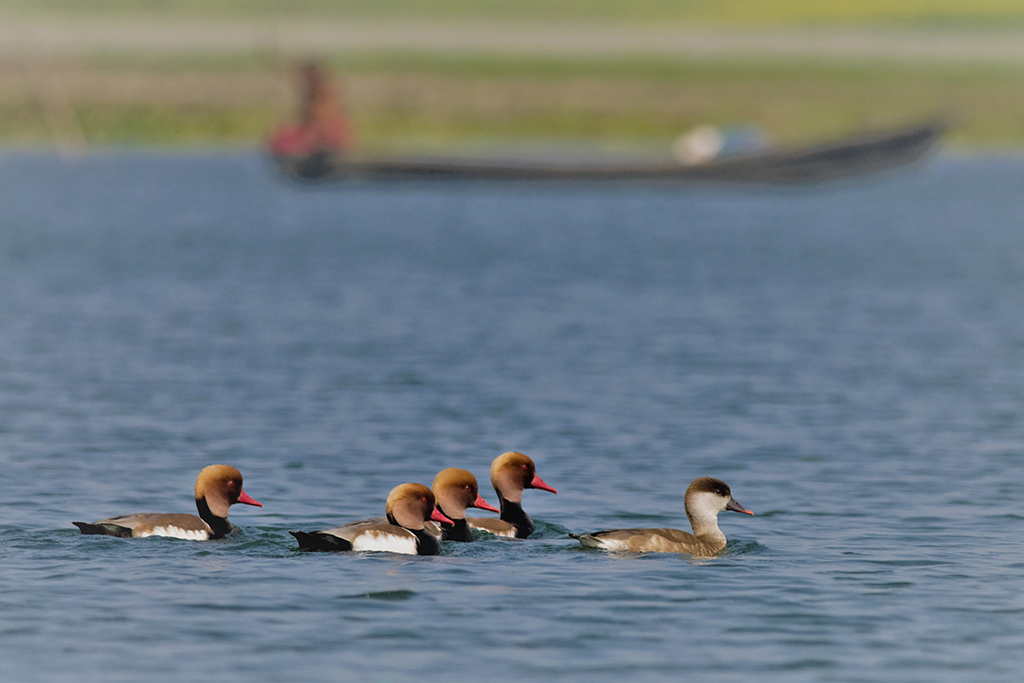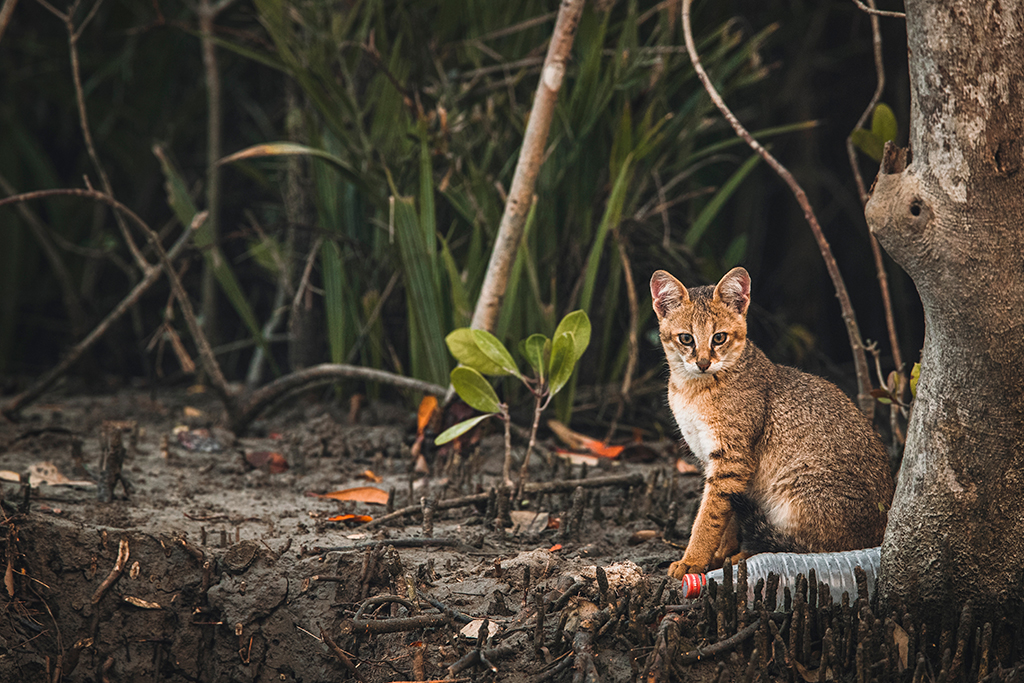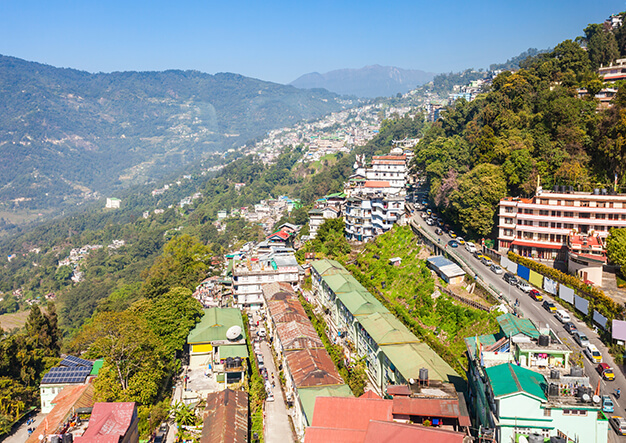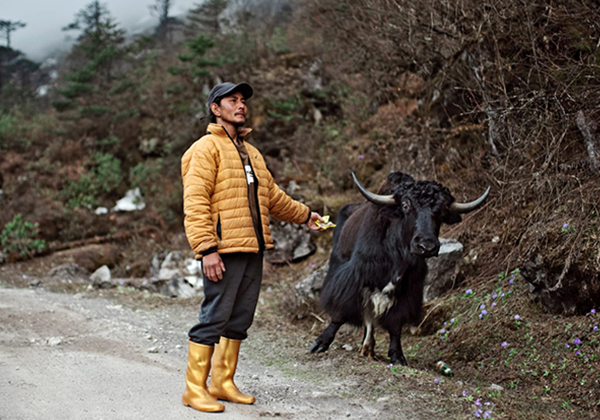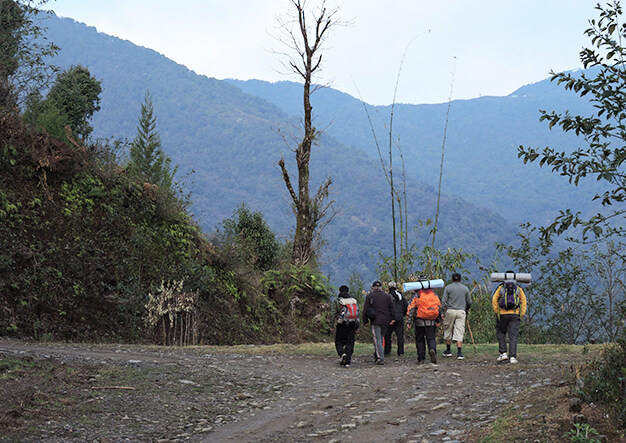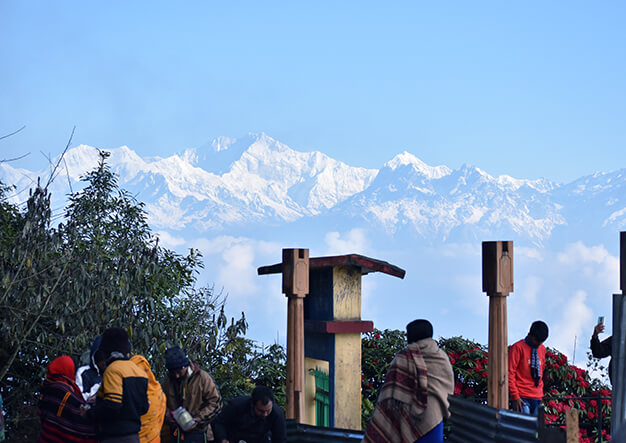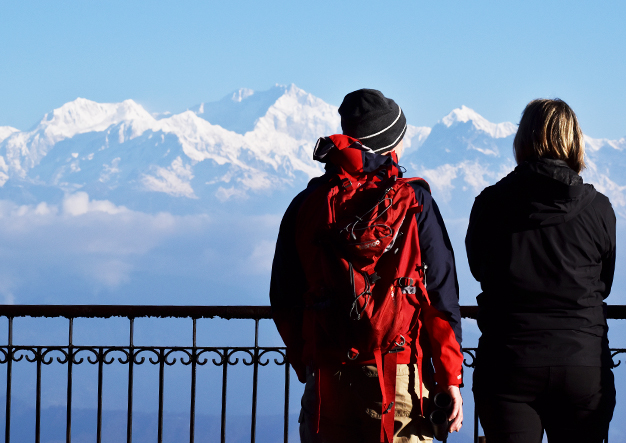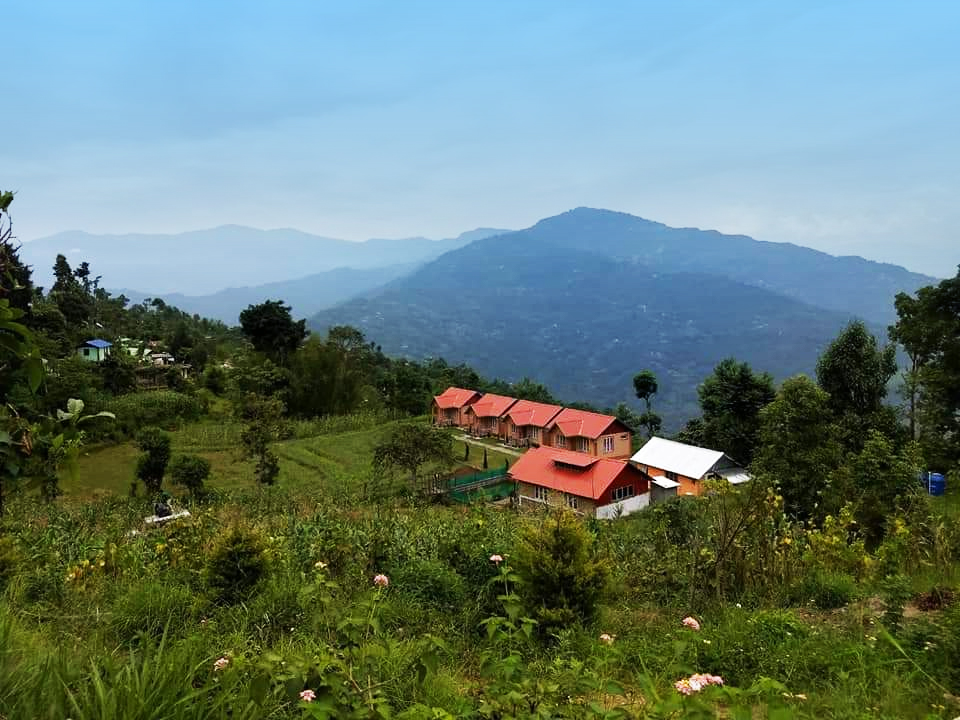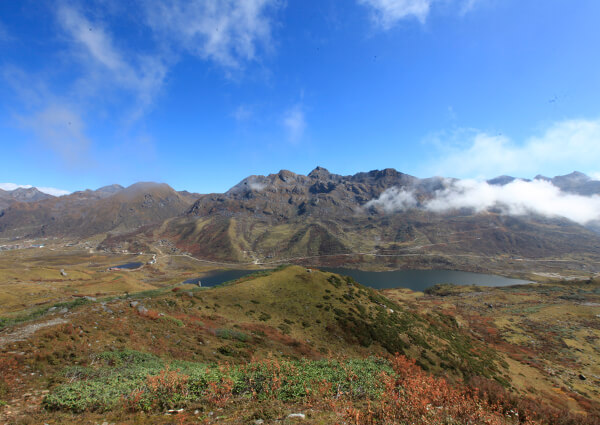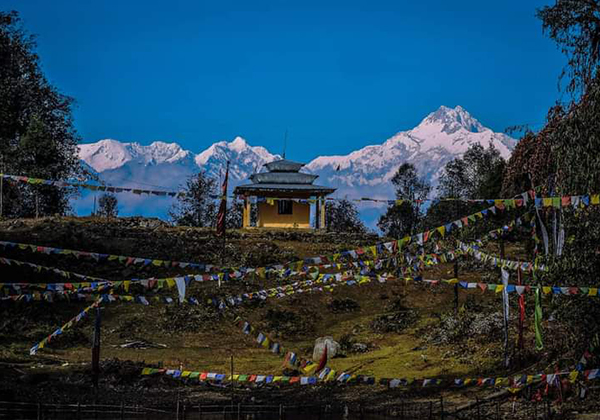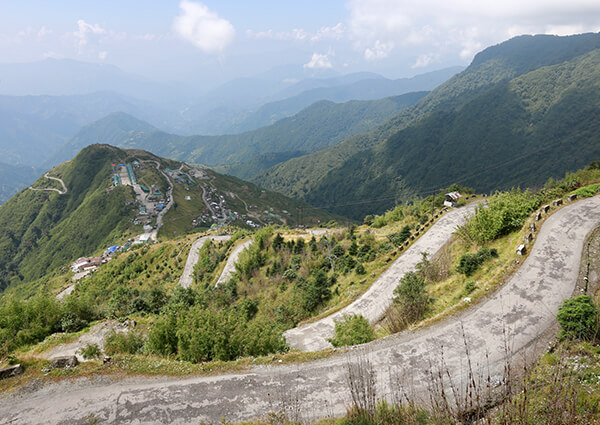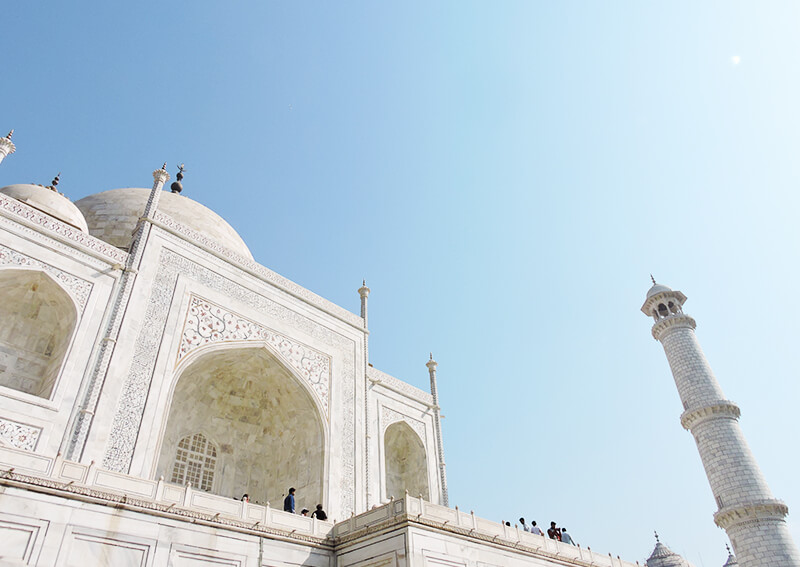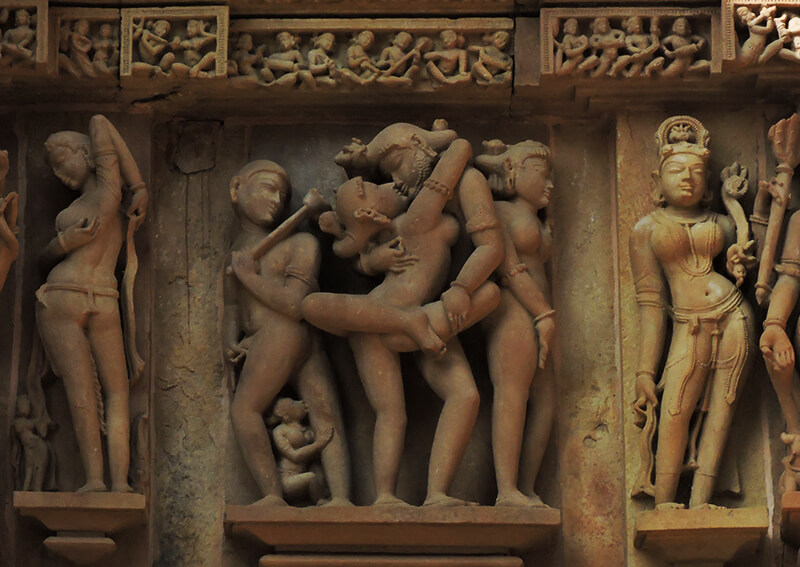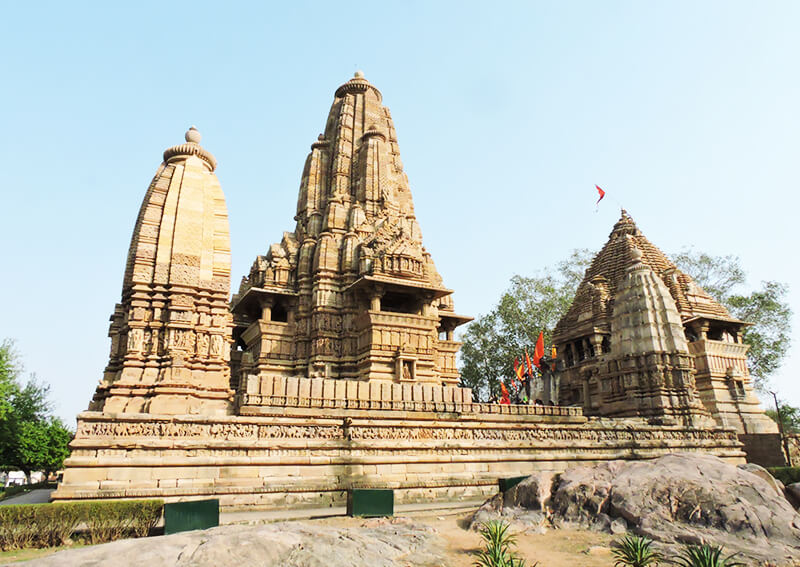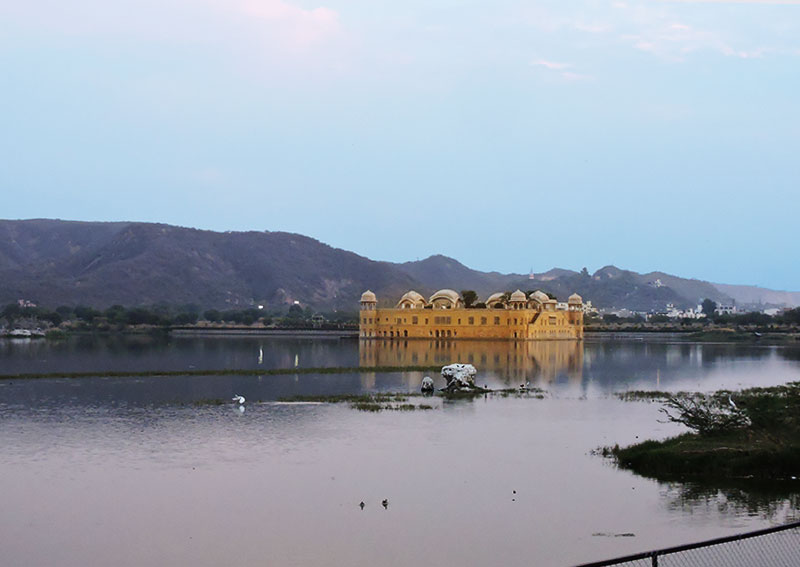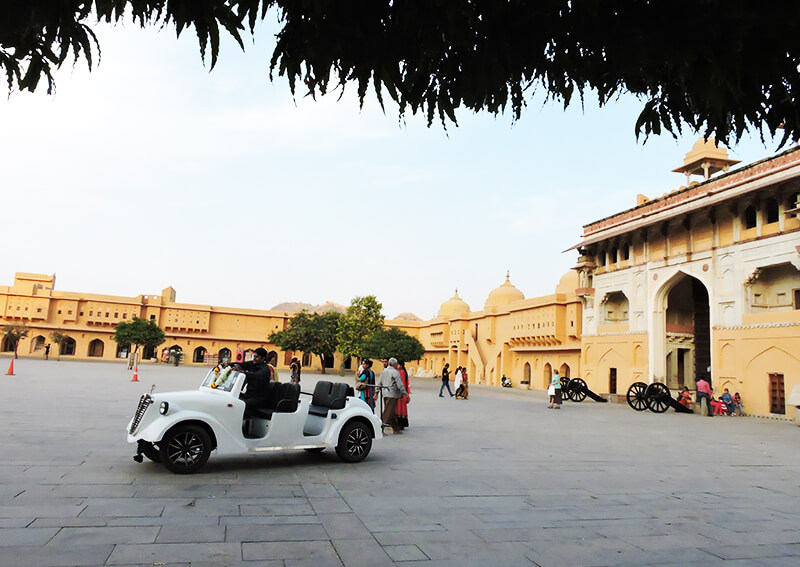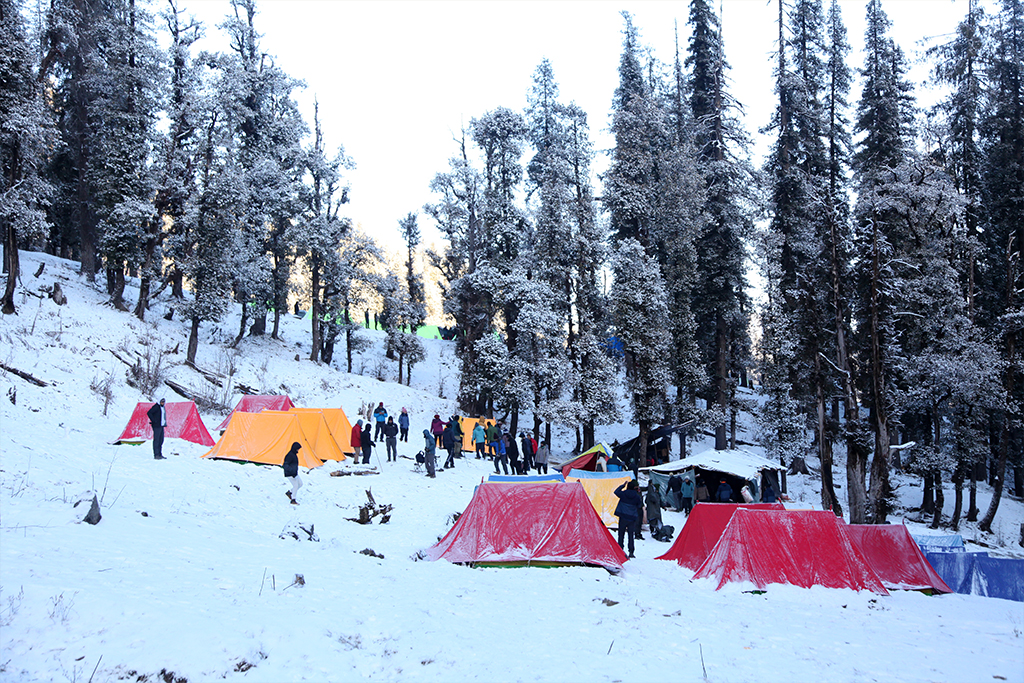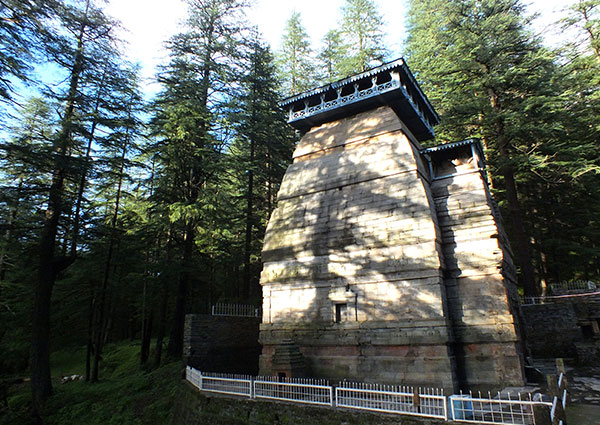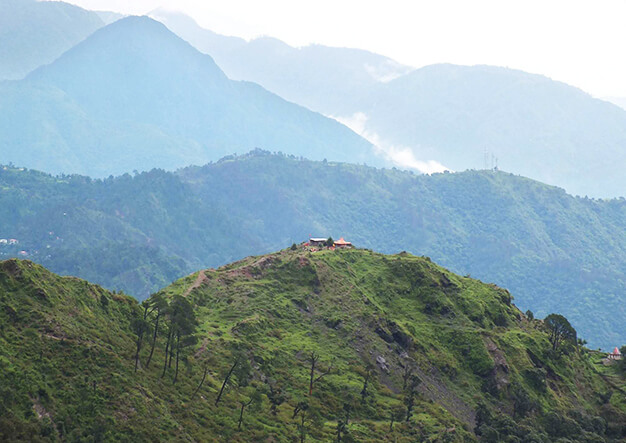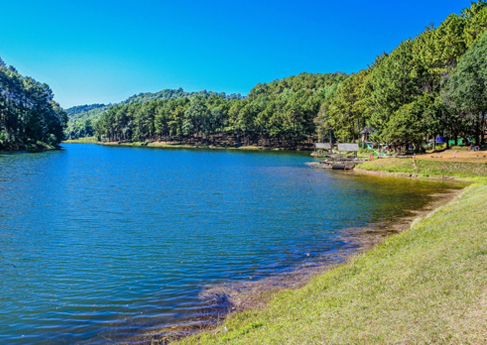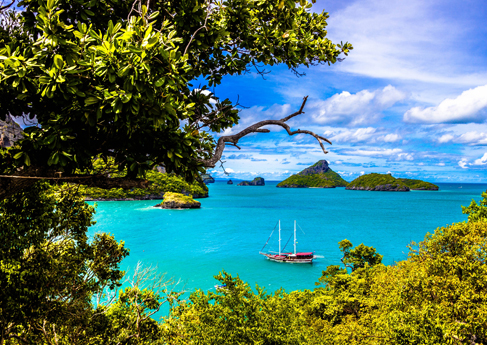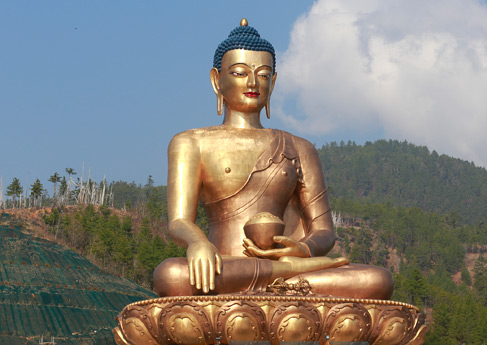Valley of Flowers National Park:
Does a flower intoxicate you? Well, someone has aptly said that they are the sweetest things God ever made. And who would not love such a fascinating creation. To refresh your senses to the hilt, travel to Valley of Flowers in the enchanting state of Uttaranchal.
The chirping of the birds, the flowers dipped in dew, colorful butterflies fluttering from flower to flower, refreshing air, lush greenery is enough to make you experience heaven on earth. The Valley of Flowers is a national park which boasts of more than 500 varieties of flowers and a variety of wildlife species.
What could mesmerize you more other than the meadows of flowers, waving colorful butterflies, chirping sounds of birds – and let you experience a paradise in reality? Yes, it is a national park, situated high in West Himalaya with its excellent panoramic natural beauty, named Valley of Flowers National Park, in the state of Uttarakhand, India. Wilderness of Zanskar and Greater Himalayas mountain range and beautiful landscape encompass this unique zone to sooth the eyes of trekkers and nature lovers each year.
Splashed with full of colors, this Indian national park is a blooming place of various kinds of native alpine flowers. Amongst those species, Brahmakamal, the Blue Poppy, the Cobra Lily, colorful Orchids, Marigold, Daisies are very famous. Not only the diversified range of flowers, the park is also a native place for different high altitude animals, birds and butterflies. Snow leopard, Musk deer, Langur, Red fox, Himalayan black bear, Himalayan brown bear, Tahr, Pika are few to mention. Among the birds, Snow Pigeon, Snow Partridge, Himalayan Golden Eagle, Griffon Vulture, Himalayan Snowcock, Himalayan Monal etc. are the major attractions for bird watchers and ornithologists.
The Valley of Flowers is open only in summer between June and October, while covered by snow during the rest of the year. It is at a height of 11000 feet to 14000 feet above sea level in western Himalayas. The valley starts near a gorge over the Pushpawati River. Trekkers to the park, require a trek of about 17 km from the nearest major town Joshimath in Garhwal. The Valley is also rich in herbal plants – Bergenia, Wood lily, Marsh orchid are the popular ones. The abundant growth of flowering and non-flowering plants gives the valley a splendid carpet like visual with color splashes.
- Stretched Area: 87.5 Sq. Kms.
- Species Found:
- Flower: Blue Himalayan Poppy, Daisy, Dianthus, Calendula, White and Yellow anemones
- Animals: Snow Leopards, Tahr, Bharal, Serow, Black Bears, Musk Deer, Brokn Bears and great variety of butterflies.
- Best Time to Visit: April to September
- By Air: Nearest Airport is Jolly Grant in Dehradun, Distance 319 Kms.
- By Rail: Nearest railway station is Rishikesh, Distance 302 Kms,
- By Road: From Badrinath at a distance of 25 kms.
Vally of Flowers at a Glance:
Ghangaria, District: Chamoli (Uttaranchal)
According to the epics this valley is the place where “Hanuman” of the Ramayana collected “Sanjeevani Booti” (panacea) to revive Lakshman, the brother of Rama.
The Vally of Flowers was discovered by Mr. Frank S. Smith, who was an English Mountaineer, X’ploper and Botanist, While he was on his expedition to Mount Kamet. The Vally of Flowers is the “Haven on Earth”. It is atretched about an area of 87.5 Sq. Kms. With the bustling with beautiful, lively wild flowers in vibrant colors. Some of the Flowers found in this valley can not be seen any where in the world and it has the largest collection of wild flower of different species in all over the world.
Blessed with the natural beauty this valley looks heavenly by the flowing “Pushpawati” river through it.
TAGS:






